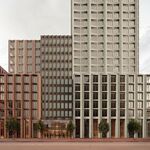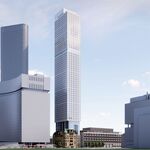Calrissian
Active Member
yea and im sure that the billions of $$ required will just magically appear in front of him along with the seals of approval from the city council
good luck trying to get enough nods to even think seriously about this most radical of plans. Viva itself took 3 years to plan and implement, and it didnt even have any rails.
50km of subway in 5 years.... unless this becomes a national build project, good luck with your fancy far fetched dreams
Well, if Ssiguy can make up bullsh*t, I thougt we all could?
Last edited:




